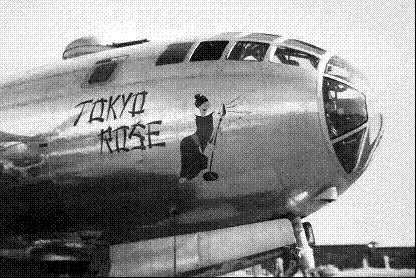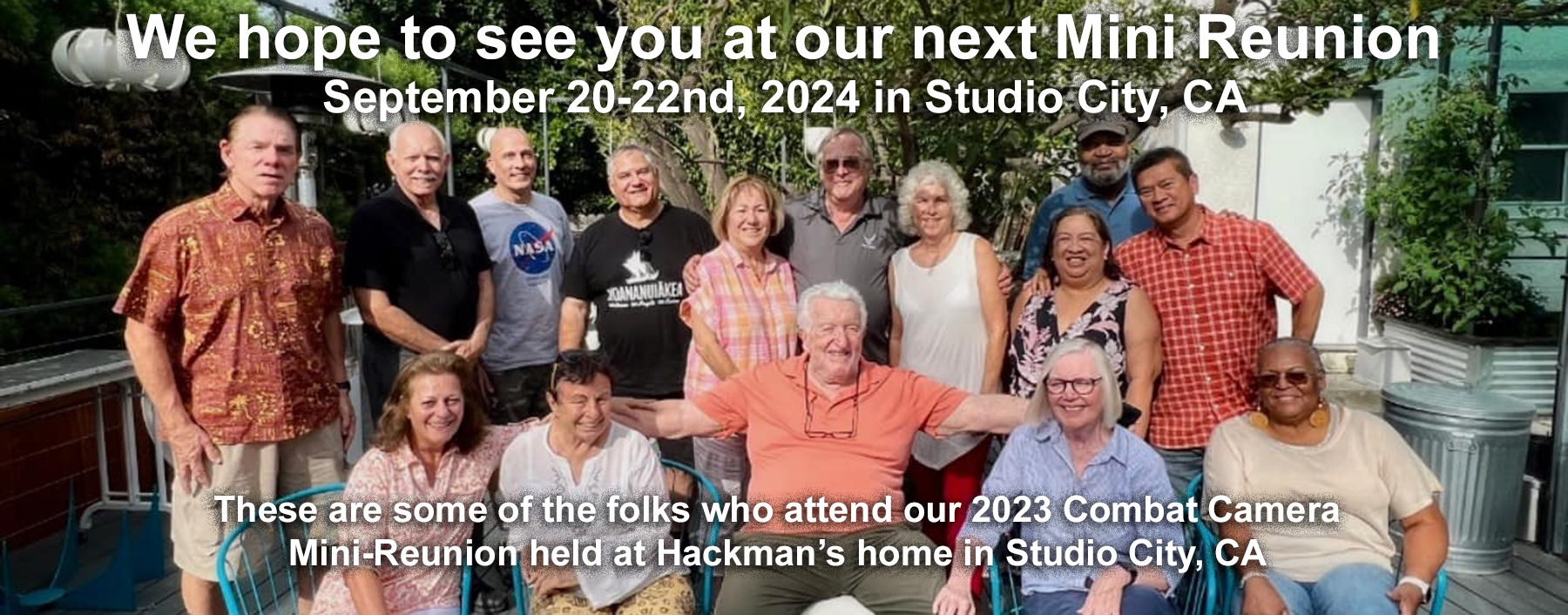Long-Range Reconnaissance Aircraft [1944]

By Jeffrey N. Meyer, 36th Wing Historian
The Boeing B-29 Superfortress served as the basis for the late-World War 2 F-13 long-range reconnaissance conversion model.
As American involvement in World War 2 (1939-1945) grew, so too did its need for long-range reconnaissance. This need was only partly solved by conversion of existing Boeing B-17 “Flying Fortress” and Consolidated B-24 “Liberator” four-engine heavy bombers, but these designs still had their inherent range limitations. With the introduction of the Boeing B-29 “Superfortress” strategic bomber in 1943, all that changed for now the United States Army Air Forces (USAAF) now had, in its stable, a versatile performer capable of reaching the ranges expected of it – particularly across the vast expanse of the Pacific Theater.
The photo-reconnaissance equipment consisted of three K-17B, one K-18, and two K-22 camera systems installed in at the rear crew compartment along with a B-3 “Drift meter” sighting device. The rear fuselage was slightly modified to accommodate the units and cutouts had to be made along the ventral and side faces of the airframe in this section. The cameras were operated by a dedicated crewman – the Photo-Navigator – whose position remained at the nose of the aircraft. The Photo-Navigator and the Cameraman were additions to the standard B-29 operating crew of eleven. Additional camera equipment could be installed in the forward bomb bay if the mission necessitated it. In lieu of this, photo “flash bombs” could also be hauled.
The initial F-13A operational model was delivered to Saipan in mid-October 1944 and immediately went to work against the heart of the Japanese Empire providing critical photographic evidence on enemy strength and positions – namely in and around the Japanese capital of Tokyo. From there, the F-13/F-13A fleet was used extensively from land bases in China and the Pacific until the end of the war.
(https://www.militaryfactory.com/aircraft/detail.php?aircraft_id=2299)

